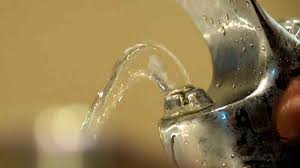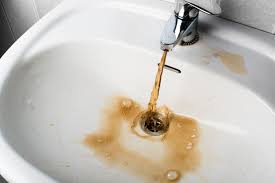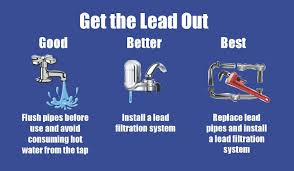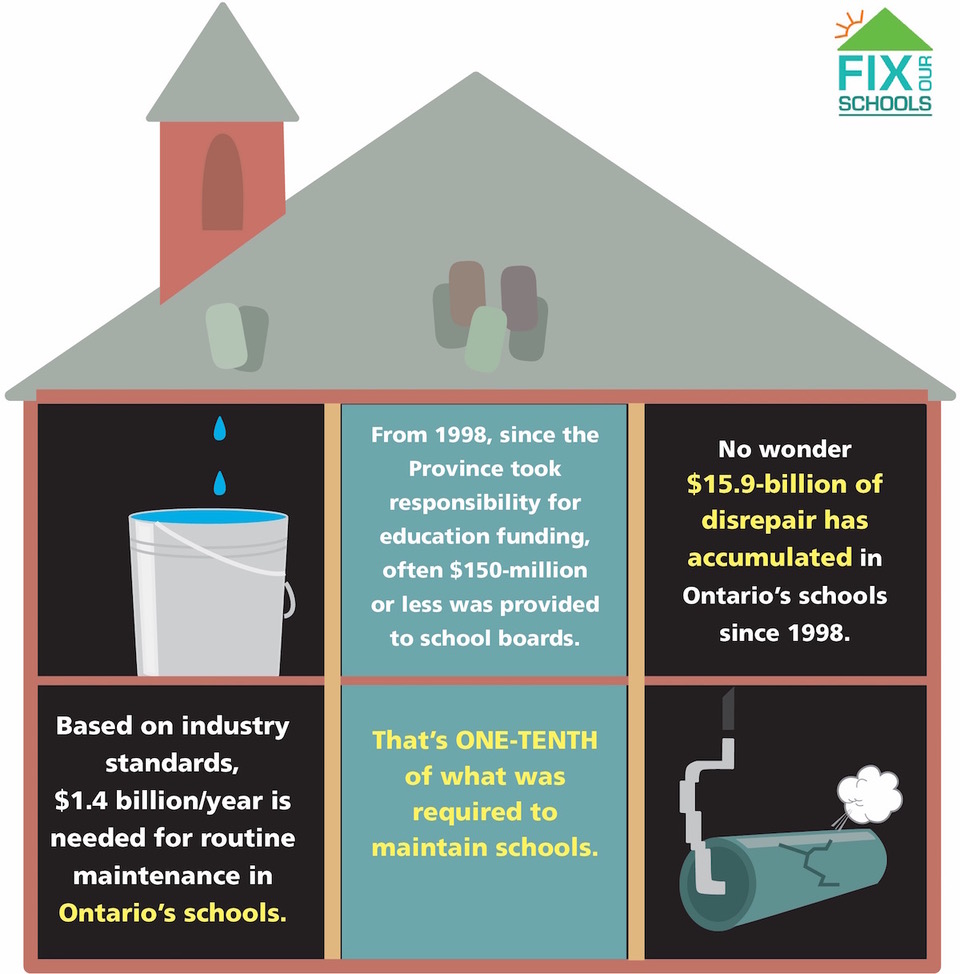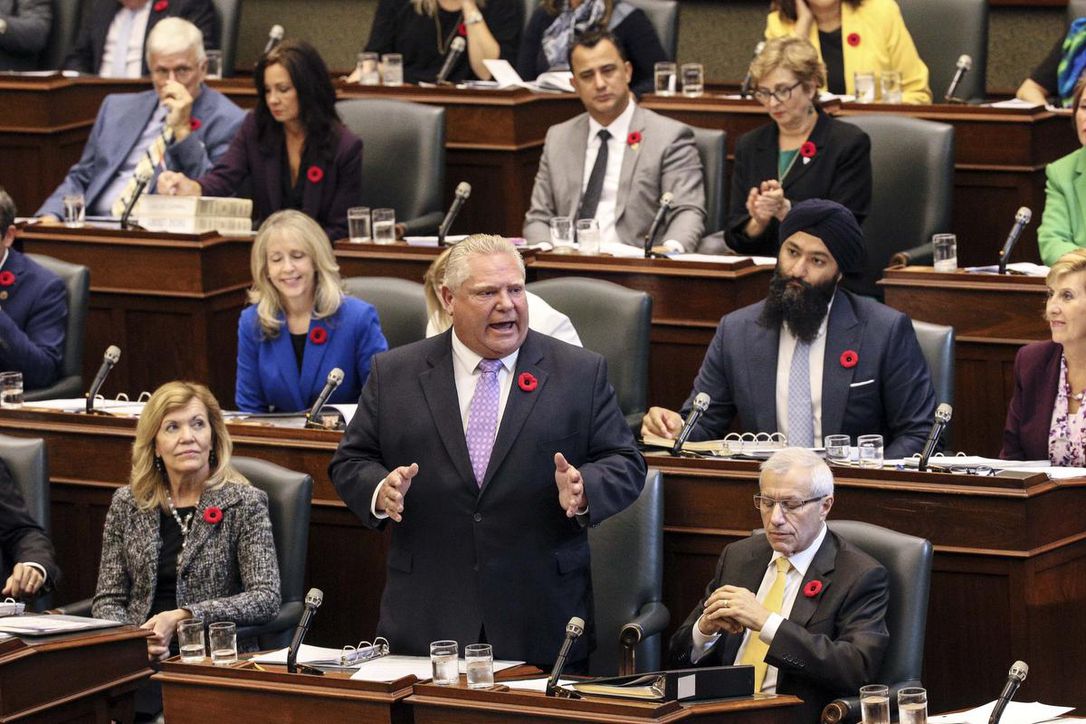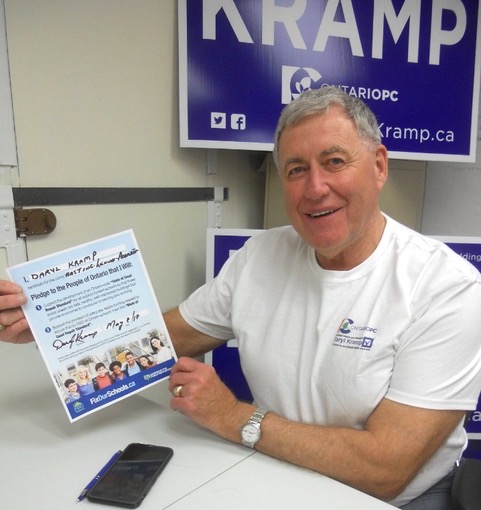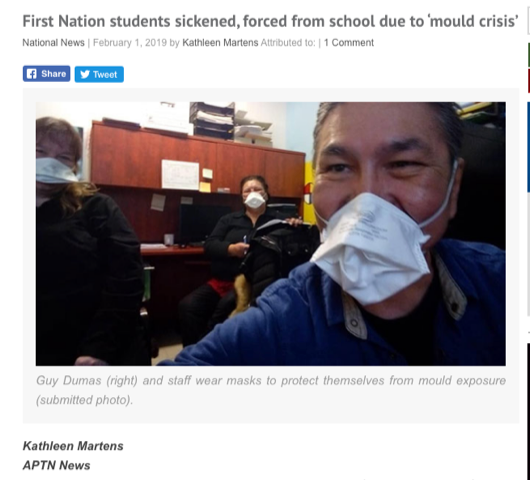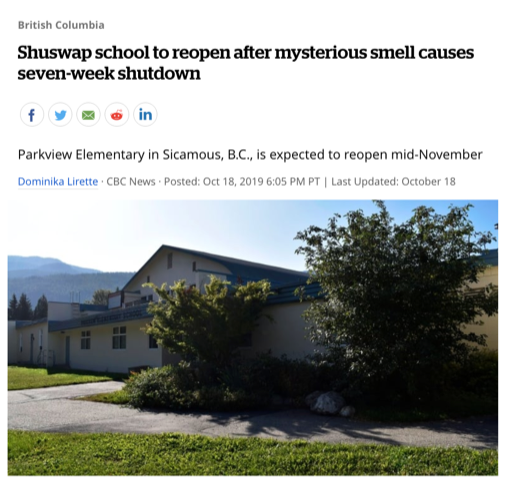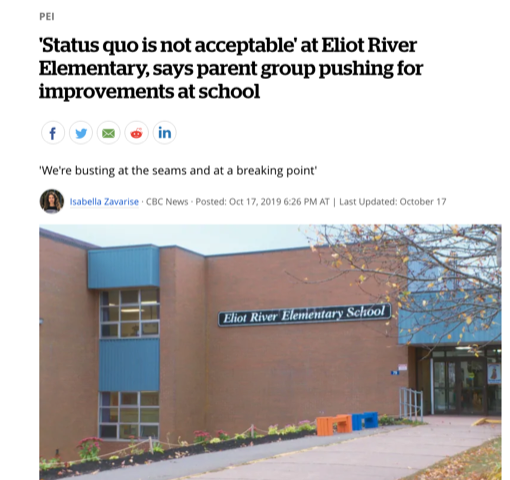In an Estimates Committee meeting last week, NDP Education Critic Marit Stiles unearthed that the total repair backlog for publicly funded schools in Ontario has increased from $15.9-billion in October 2017, when disrepair data for schools was last publicly shared by the Liberals to a whopping $16.3-billion today.
Yesterday #Ford govt confirmed:
☠️ Ontario’s school repair backlog is now $16.3 BILLION
👉 a $400 MILLION increase.
They chose tax cuts for the wealthy, over fixing our schools.
They chose to balance their budget on the backs of our children. #onted #onpoli #shame https://t.co/ZLTi8oyGbK
— Marit Stiles (@MaritStiles) November 6, 2019
This newly released figure was highlighted in the Toronto Star article entitled, “Repair backlog in Ontario schools hits $16.3 billion” by Kristin Rushowy on November 6, 2019.
The issues of growing disrepair in Ontario’s schools and lead in drinking water at schools were both raised by NDP Leader Andrea Horwath during question period on November 6, 2019 as per the Hansard document from that day:
(QUESTION: REPAIR BACKLOG) Ms. Andrea Horwath: Well, Speaker, yesterday’s report on water quality in Ontario schools highlights the multibillion-dollar backlog in school repairs. Yesterday, in government estimates hearings, the Minister of Education was forced to admit that the backlog has gone from bad to worse under the Ford government. The repair backlog was $15.9 billion under the Liberals, and now it stands at $16.3 billion.
Education Minister Stephen Lecce’s response was confusing. He stated that his government is committed to allocating $13-billion over 10 years to improving schools, which would be $1.3-billion each year for school renewal, repairs and rebuilding Ontario’s schools, and also a marked decrease in funding from the Liberals’ previous commitment of $16-billion over 10 years. Yet in the same response, he commits to maintaining $1.4-billion/year funding for repair and renewal of schools – not including building any new schools.
(ANSWER) Hon. Stephen Lecce: Mr. Speaker, what we affirmed at the committee yesterday, and for all families to hear in the province today, is that this government is allocating $13 billion over the next decade to improve schools in every region of the province of Ontario. What I also made clear is that we’re maintaining a $1.4-billion allocation to maintain our schools. After 15 years of dereliction of duty, where we had a multibillion-dollar backlog that we inherited, we must do more to improve our schools. We are putting money in the front lines, more than ever before, to ensure that our schools have the maintenance they need to ensure that they have the facilities that are conducive to positive learning for all students in the province of Ontario schools have the maintenance they need to ensure that they have the facilities that are conducive to positive learning for all students in the province of Ontario.
These numbers do not add up to having a positive impact on school conditions in this province and we need to see more done. The previous Liberal government had committed $16-billion over 10 years to improving schools. We now know that this funding commitment has not been sufficient to even begin to stem the tide of a consistent year-over-year increase in school disrepair. Total disrepair in Ontario’s schools has increased $400-million in the past two years to a whopping $16.3-billion, when yearly funding for school repairs and renewal during this same period has been $1.4-billion/year.
Therefore, it seems clear to Fix Our Schools that provincial funding of $1.4-billion/year for school renewal and repairs is simply insufficient. We are entirely confused by Minister Lecce’s belief that his government’s commitment of $13-billion over 10 years to improving schools – in essence a $3-billion cut over 10 years in funding compared to the previous Liberal government’s funding commitment – would somehow ensure that “our schools have the maintenance they need to ensure that they have the facilities that are conducive to positive learning for all students in the province of Ontario.”
We are still awaiting Minister Lecce and the Ministry of Education to release updated disrepair and FCI data in a more detailed format, that is comparable to the figures released back in October 2017 by the Liberal government. The Toronto District School Board (TDSB) released its detailed disrepair data on October 31, 2019 and our hope is that the Ministry of Education will follow suit in the coming weeks.

